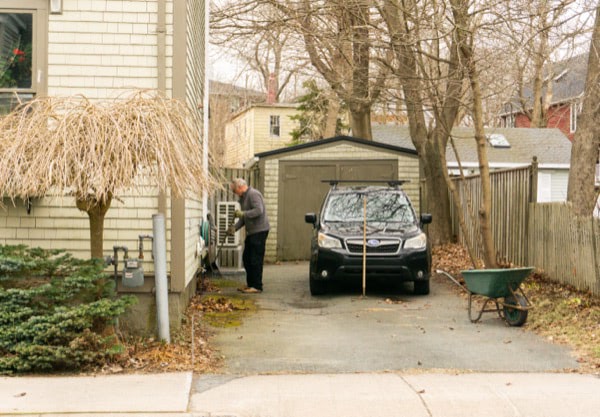Do you need to consider minimizing your spending? Here are some tips to help you curb your spending habits this year!

Understanding the new HELOC rules
Home equity lines of credit are about to change. New HELOC rules are taking place that will impact home owners’ ability to borrow through this form of credit. If you currently have a HELOC, or you are considering one for the future, it’s important to be up to date on the new guidelines. Here’s what you need to know.
What is a HELOC?
A HELOC is a type of credit facility that uses your home as security. When a lender provides you with a HELOC, the understanding is that your house serves as collateral, and it assures the lender that you will repay what you owe. This is known as secured credit, because your home provides a guarantee. People use HELOCs for a variety of reasons, such as consolidating debt, making large purchases, or investments.
HELOCs are revolving credit. This means the home owner can borrow money and pay it back on a continuous cycle, as long as they don’t hit the predetermined credit limit. That limit is the main focus of the changes that are taking place.
What are the new HELOC rules?
Previously, the loan-to-value limit for a HELOC was 80 per cent. This means lenders could provide a credit limit up to 80 per cent of your home’s value. However, banks will soon be scaling back this amount to 65 per cent. These new rules are aimed at combined loan plans (CLPs), which are a combination of a HELOC and a mortgage loan. These changes are set to begin in either October or December of this year, depending on the bank’s fiscal year.
Why is the maximum credit limit dropping so dramatically? HELOCs were helpful tools during the pandemic, when rates were at historic lows and borrowing was cheaper. However, during an environment of higher interest rates, it’s much easier to constantly be on the edge of maxing out that credit limit. If home owners are only able to pay off the interest, but are always reaching that limit, they aren’t able to save money for the future. This could pose a problem in times of a recession, when having a rainy day fund is essential. Lowering the maximum credit limit is meant to discourage home owners from using their homes like a regular credit card.
How does this affect you?
If you are considering a HELOC, you will now have to think about these new HELOC rules to determine how much you can borrow. This will impact how you can use that credit, and what it will cover. Many Canadians are already receiving notices stating their borrowing amount has been reduced, leaving some people in a pinch.
If you are a home owner and thought a HELOC was in your future, it’s important to reach out to a mortgage broker early to discuss how your circumstances have changed. This is new territory for everyone, but we can help you understand your options and whether you should reconsider your future plans.
If you have any questions about your mortgage or your HELOC, get in touch with us at Clinton Wilkins Mortgage Team! You can call us at (902) 482-2770 or contact us here.


